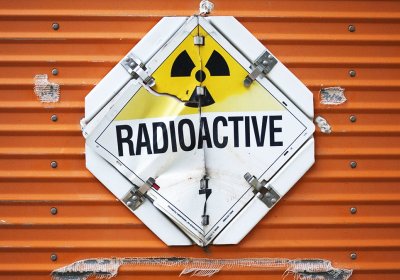If South Australia were a country, its citizens since July 1 would have been paying the highest residential electricity prices of any nation in the world, edging out Denmark.
Throughout most of Australia, the new financial year brought spiralling energy charges. For an average Canberra household without rooftop solar, the combined cost of electricity and gas over 2017–18 will rise by $580.











